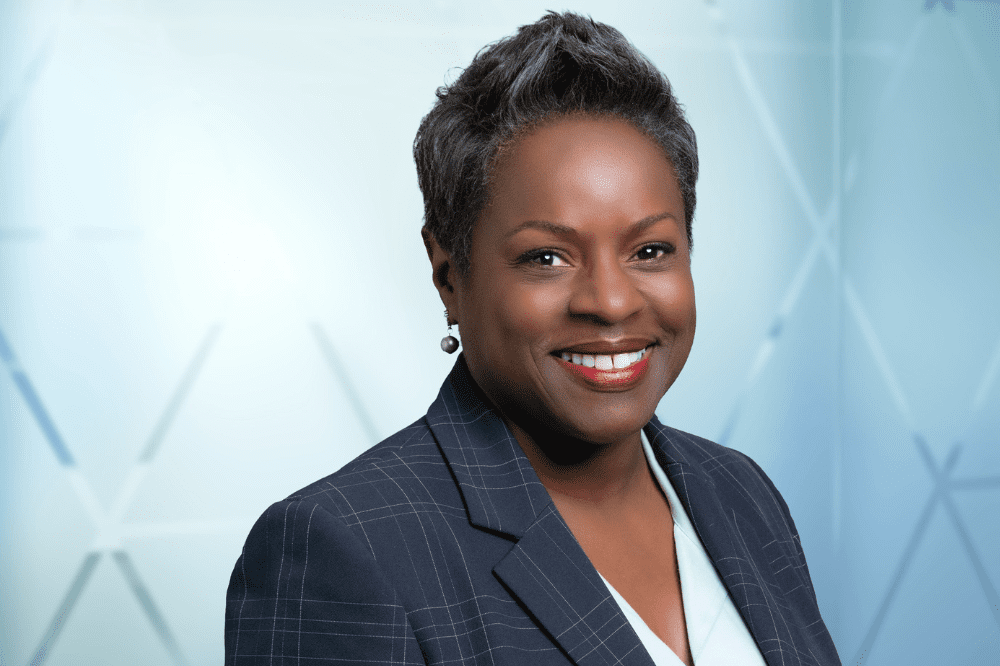"DE&I looks different depending on where you are on your journey"

“Instead of waiting until there is this pivot point to start focusing externally, we must do them together. The external engagement is going to be just as important as the internal engagement, and the timing of that when you layer that on is also important.”
For example, rather than just donating funds to organizations that create more corporate opportunities for Black individuals to help lessen the wage gap, a company should also look within its own rankings to see how it can also achieve this goal of attracting and promoting diverse talent.
An important strategy to achieve this symbiosis is allowing empathetic conversations to take place in the workplace. “Leveraging these discussions leads to building trust and a sense of psychological safety for employees” Greene said.
“There are more conversations happening amongst co-workers that previously would not be addressed in a professional setting, and we have to continue that because what is happening in society at large is just as relevant to a business, especially when it comes to the topics of inclusion and injustice.”
Shifting targets
Having worked within the diversity and equity sphere for over a decade has allowed Greene to analyze and assess a business’s competence and willingness to accept that equity is constantly in flux and a long-term commitment.
“DE&I looks different depending on where you are on your journey” Greene said. “I think organizations that are in the early stages will tend to be internally focused on things like representation and composition, their hiring practices, internal talent development, pipelines, certainly retention promotion and accountability.”
“Over time, as companies progress along the continuum, you will see improvement in these areas and they will start to extend externally, focusing on stakeholders, supplier diversity and things like that.”
However, since DE&I concerns constantly evolve as new issues and information becomes available, businesses will need to be able to adjust their responsibilities accordingly and stay in tune with shifting dynamics and issues. Engagement, compassion and a willingness to be confronted with harrowing truths is the first and vital step.
“We as bosses must admit that while we may not have all the answers, we will most definitely listen. And the willingness to understand and to learn is a great start” Greene said.
An obligation to give back
With an abundance of resources at their disposal, insurance companies should not think twice about using their funds to build up society. Whether investing in a wildlife remediation service or donating money to a social justice organization, businesses have the power to enact worthwhile and lasting change.
“Philanthropic involvement is beyond being the nice to do — it truly is an imperative.” Greene said. “It’s the allocation of resources to financial investment in communities that will really help to close the gap of inequities.”
“And the inequities are far and wide. We have food and housing insecurities, access to education, gaps in social and economic opportunities, wellness and health, environmental risks and impacts.”
Designating funds to mend these causes can, from an insurance perspective, been seen as a risk management investment that will better the lives of present and future insureds.
“It’s an imperative, we have to do it and we have to continue to do it” Greene said. “I look at it as not only benevolence and philanthropy, but as an investment of time, energy and money that will continue to pay off.”





